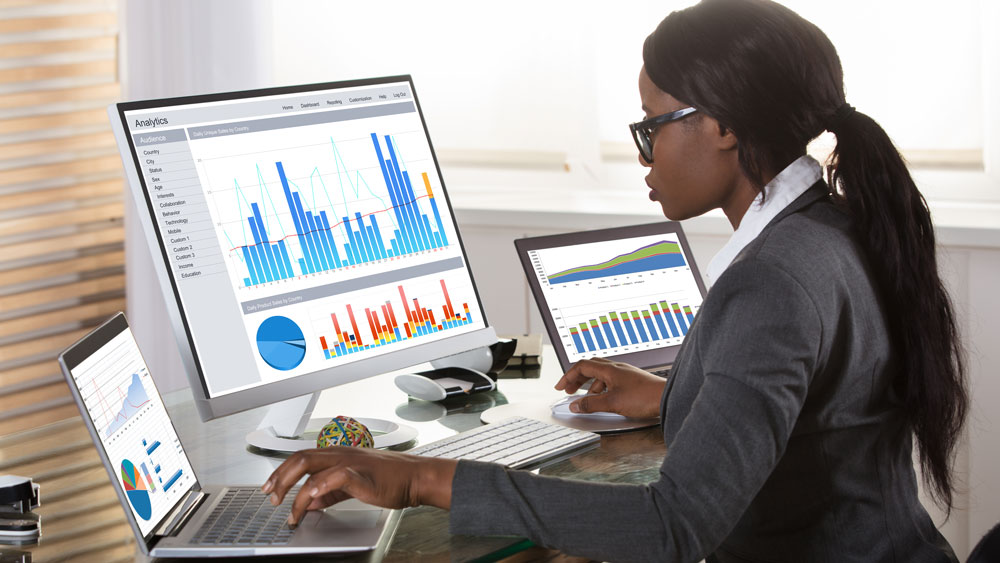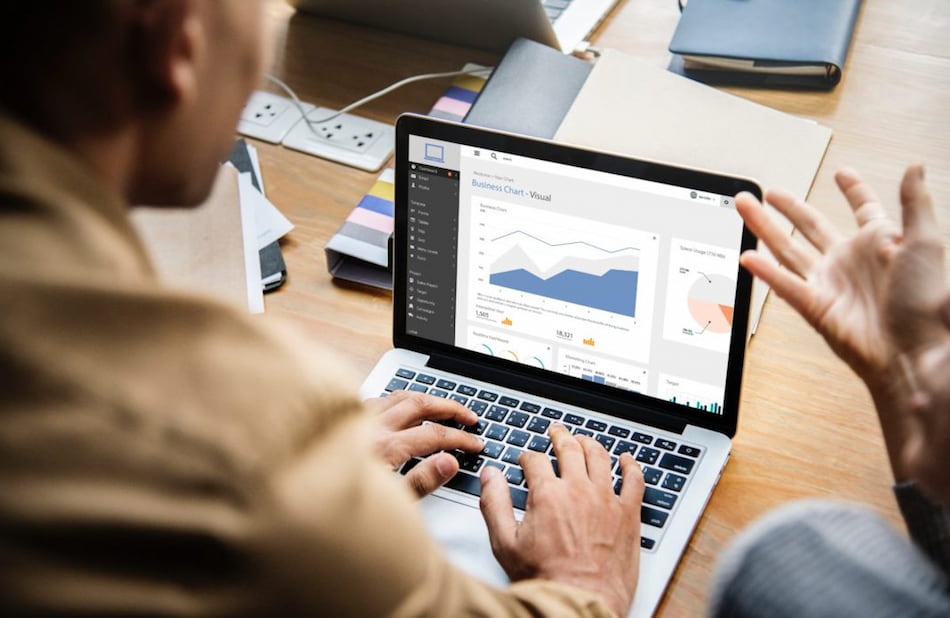Data Analytics is the discipline that deals with data management through collection and storage, as well as the techniques, processes, and tools that aid in data analysis. The goal of Data Analytics is to discover patterns, valuable correlations, and previously unseen trends, and then extract meaningful insights that can aid in making business decisions, making predictions, and improving efficiency.
Data Analyst Technical Skills
We will look at the key Hard/Technical Skills required to be a Data Analyst in this section. These Top Data Analyst Skills are related to some of the key areas that Data Analysts are concerned with when carrying out their professional responsibilities.
R and Python for Statistical Programming
R and Python are Statistical Programming Languages that can help you conduct advanced analysis and predictive analytics as a Data Analyst. If you're good at writing programs in these languages, you'll be able to clean, manage, analyze, and visualize data quickly.
R is one of the most widely used programming languages in the field of data analytics. Its structure and syntax were designed specifically to facilitate analytical work. It is capable of handling complex and large volumes of data while also incorporating several simple and built-in data commands.
SQL
SQL, or Structured Query Language, proficiency is one of the most important skills for Data Analysts. It is a standard database language and is frequently referred to as Excel's "graduated" version. It is widely accepted as a standard method of handling and querying data in relational databases. SQL expertise allows you to develop efficiency in data management and storage, as well as in relating multiple databases and building or altering database structures. Data Analyst Skills include the ability to create joins, retrieve data, create aggregations, and develop stored procedures. SQL can help with all of these.
Python
Python is regarded as one of the best general-purpose programming languages. Its importance in the advancement of Artificial Intelligence (AI) is considerable. Furthermore, it includes a number of specialized libraries, many of which are related to AI. Since the tech landscape is increasingly influenced by artificial intelligence, proficiency in Python is one of the Data Analyst Key Skills that professionals cannot overlook.
Conclusion
Data Analytics and Business Intelligence course (DA/BI course) is one of the best data analytics programs offered by Syntax Technologies in the market. The program is designed to train people with little to no programming background to become data professionals that combine analytical skills and programming skills - using data manipulation, data visualization, data cleansing, and much more to make sense of real-world data sets and create data dashboards/visualizations to share your findings.















.png)
